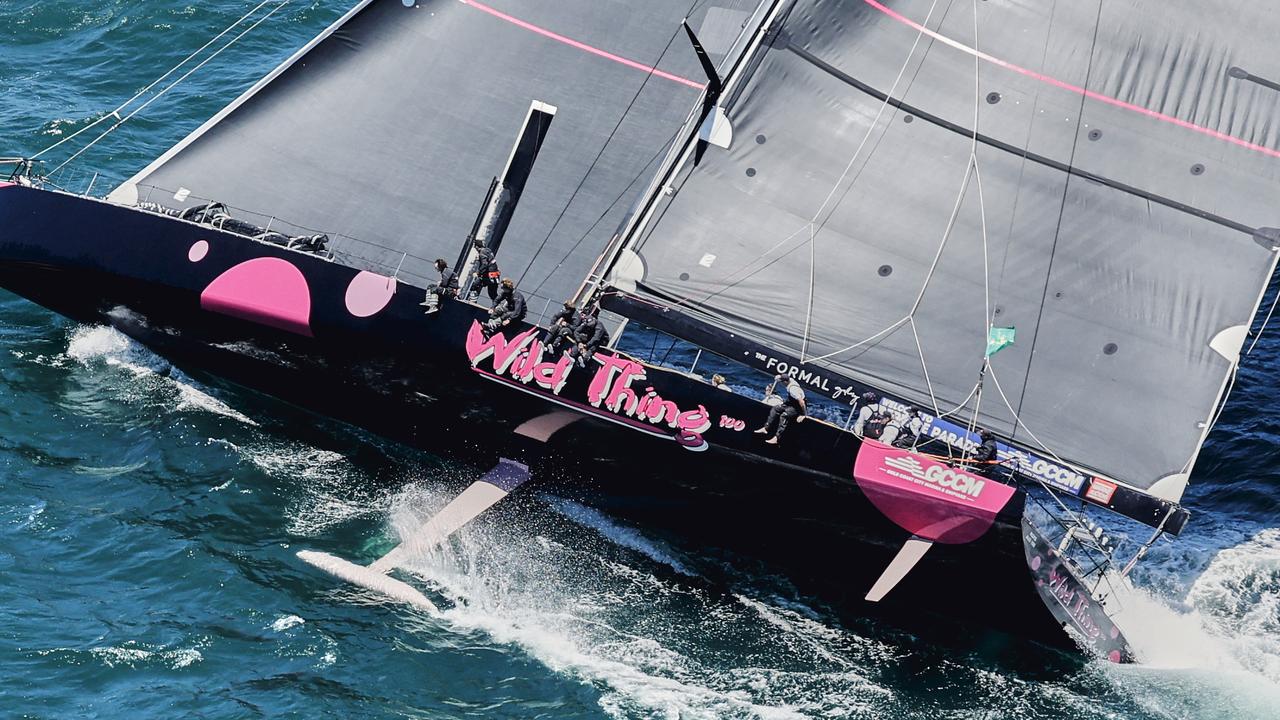Snail pace: Sydney’s population explosion will slow motorists to a crawl
If you think traffic congestion is bad now, new modelling shows Sydney motorists will be crawling along at 20km/h on most roads if the city’s population swells to 8.6 million as predicted over the next few decades.

NSW
Don't miss out on the headlines from NSW. Followed categories will be added to My News.
Sydney’s population explosion will slow motorists to speeds of under 20km/h within the next four decades unless new major roads are built.
The grim outlook is based on exclusive new traffic modelling data from toll-road operator Transurban, which paints a shocking picture of the city’s roadways based on current population projections.
Outer areas such in Sydney’s west and southwest such as Picton, Green Valley and Campbelltown will be hardest hit given the thousands of new residents expected to move into the new growth areas over the coming decades.
And it won’t take decades for motorists to start feeling the impacts with Transurban predicting congestion to significantly increase 10 years from now should there be no further investment in road infrastructure.
Transurban – which operates 11 major roads in Sydney – based its predictions on Sydney’s population growing 17 per cent between now and 2035 to a city of 6.4 million people, and swelling to 8.2 million by 2056.
By 2061, Sydney is predicted to have grown by some 58 per cent to more than 8.6 million people.

As for the impact on roads, Transurban modelling shows traffic volumes across Greater Sydney will surge 14 per cent by 2035, resulting in substantial decreases in travel speeds if the road network remains unchanged.
Drivers can expect average travel speeds on most roads – excluding toll roads and motorways – to drop to be 26 kilometres per hour by 2035, and below 20 km per hour by 2061.
While the suburbs expected to suffer most from increased traffic congestion will be growth areas in Sydney’s southwest such, by 2061 even motorists coming from places such as Hornsby will face deteriorating conditions.
The modelling shows traffic congestion in 2061 in Hornsby will drop average speeds from 56km/h to 46km/h.
In Campbelltown, traffic congestion could reduce the average speed from 50
km/h to 31 km/h, while the average driving speed in Bringelly is forecast to almost halve from 49km/h down to 25 km/h.

Picton is forecast to have the biggest drop with average speeds plummeting from 65
km/h to 36 km/h.
Concord parents Simon and Emma Grant spend an hour everyday on the WestConnex from their home in Concord to South Eveleigh near the CBD.
Mr Grant said the road was a game changer, with traffic along the Parramatta Road taking the family up to an hour to get to work and drop the kids off at daycare.
“It’s a pretty significant difference - I don’t take Parramatta Road anymore,” he said.
“We’re in the WestConnex tunnel five days a week - it costs $16 per day but I get an hour back each day.
“The way I think about it, my time is worth $16 an hour.”

The toll-road operator has identified opportunities in the pipeline that it says will help address the issue such as the M7-M12 Integration Project, which is due to be completed in 2026.
It has also highlighted opportunities around the M6 and a potential M4 and M5 widening.
Transurban chief executive officer Michelle Jablko said the benefits of Sydney’s motorway investment were being felt across the city through significantly improved travel times, and reduced congestion.
The investment by Transurban of $36 billion with its partners over the last 20 years had also helped with funding the new Metro, new schools and hospitals as well as many community projects, she said.
“Using WestConnex, a driver can travel from Parramatta to the CBD, on average, in
approximately 32 minutes and with Sydney Gateway, get to the airport in 25 minutes,” Ms Jablko said.
“Using NorthConnex provides an average travel time saving in peak of almost 15 minutes,
compared with 2014 before the tunnel opened.
“These roads have made a huge positive difference to Sydney’s transport network with
improved travel in both the tunnels and toll-free roads, giving drivers a choice.”
Do you have a story for The Daily Telegraph? Message 0481 056 618 or email tips@dailytelegraph.com.au
More Coverage
Originally published as Snail pace: Sydney’s population explosion will slow motorists to a crawl




